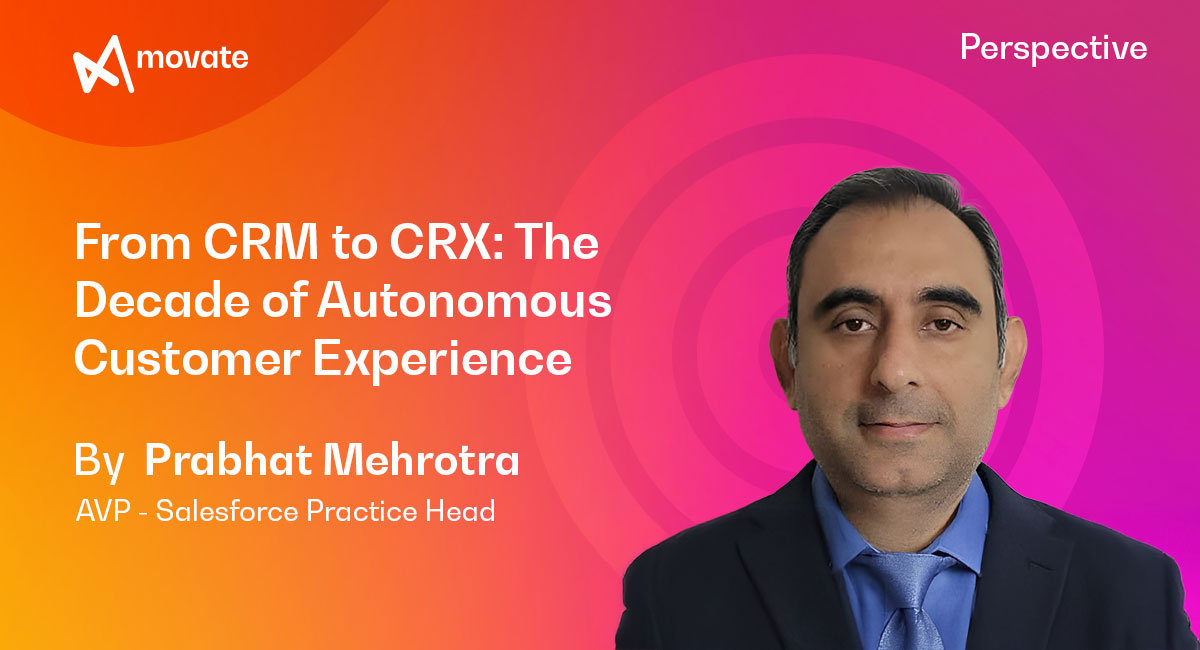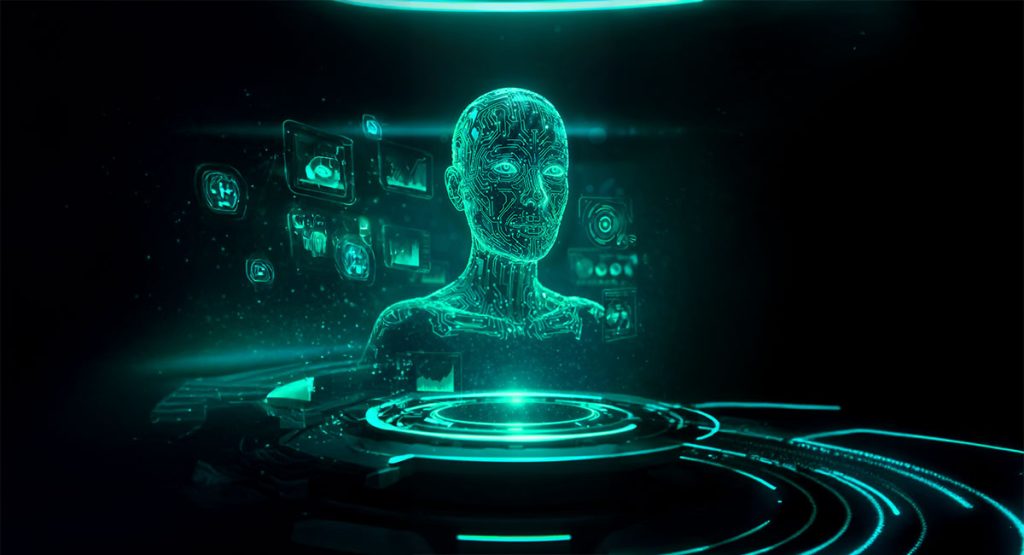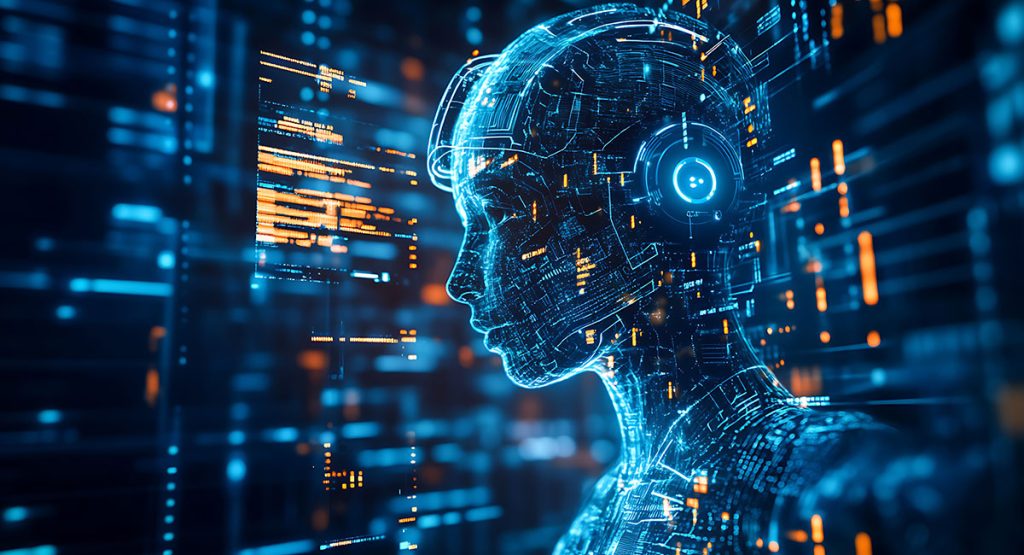
It’s 2030. Your CRM will no longer just store customer data—it will predict, adapt, and act. Conversations will become insights. Pipelines will reshape in real time. Every touchpoint will be orchestrated by AI agents learning continuously.
So, how will we get here? And what will the next decade of CRM, led by platforms like Salesforce, look like?
The Big Shift: From Relationship Management to Revenue Intelligence
CRM will have evolved from a system of records to one of engagement, connecting sales, service, marketing, and commerce personas within a unified platform. By 2030, it will function as a system of intelligence and action.
According to Gartner, by 2027, 25% of sales organizations will use AI-powered digital humans for customer engagement. Salesforce’s roadmap with Einstein and Agentforce offerings will clearly illustrate this shift. Automation will no longer serve as mere support; it will become co-pilot and, increasingly, a decision-maker.
CRM will serve as an intelligent command center, where:
- Forecasts will adjust dynamically to market signals.
- Outreach will be auto prioritized based on real-time context.
- Teams will collaborate using AI-curated, unified insights.
This will go beyond automation. It will be scale-level augmentation.

Three Core Forces Shaping CRM by 2030
1. Agentic AI Takes Over the Frontline
ISG defines “agentic AI” as solutions that will plan, execute, and refine tasks with minimal input. In CRM, this will translate to:
- GenAI agents managing support tickets end-to-end.
- Intelligent agents orchestrating outreach, nurturing, and low-value opportunity conversion.
- AI-led journey design based on live intent signals.
Salesforce’s Service Agentforce and Sales Agentforce integrations will signal this shift. What will follow is not just conversational UI, it will be autonomous execution.
By 2030, we will see:
- Agentforce-powered copilots embedded in field service operations, combining predictive maintenance, real-time location tracking, and automated scheduling.
- Assistants interpret text, voice, and even sentiment.
- Policy-bound agents initiating A2A (agent-to-agent) workflows across platforms—interacting with ERP, supply chain, and compliance systems in real time.
CRM will not just assist humans, it will increasingly act for them.
2. Zero UI + Hyper personalization = Invisible CRM
CRM will become ambient.
By 2030:
- Dashboards will vanish for frontline teams.
- Nudges will surface via wearables or voice-first tools.
- Marketing flows will operate without human prompts.
This “Zero UI CRM” vision will reflect systems contextualizing and personalizing in the background. Forrester calls this “empathetic automation,” understanding not just what users do, but why.
Salesforce will integrate:
- Voice-first interfaces (Einstein Voice is already in play).
- Action feeds replacing dashboards.
- Emotion-aware AI adjusting tone and approach.
CRM will stop being something teams manage. It will start managing the work for them.
3. Unified Data, Distributed Execution
CRM’s biggest bottleneck? Fragmented data.
While older acquisitions like MuleSoft, Tableau, and Slack will have contributed to platform unification, Salesforce’s recent integration with Informatica and industry-specific data clouds will signal a broader vision.
By 2030, CRM will become the operational command center across:
- Service teams anticipating needs using real-time support sentiment.
- Marketing teams triggering next-best actions across campaigns.
- Commerce platforms optimizing pricing and inventory on live data.
- Sales functions dynamically shifting focus based on behavior signals.
IDC predicts that by 2028, 60% of CRM decisions will be made by AI drawing from connected enterprise datasets.
Salesforce Data Cloud will enable:
- Real-time event streams from any source.
- Identity resolution at scale.
- Context-aware AI models in action.
CRM will become the control plane across the business.

The New Role of Humans in the CRM Loop
As CRM evolves, so will the human role:
- Trust architects will define ethical frameworks and guardrails.
- AI trainers will feed domain intelligence into evolving models.
- Experience curators will ensure consistent, brand-aligned journeys.
McKinsey states: “Human creativity, empathy, and ethics will remain irreplaceable, even in highly automated go-to-market motions.”
The how will change. The why will stay human.
What Will Salesforce Look Like in 2030?
Salesforce will no longer be a dashboard-heavy SaaS app.
It will evolve into a platform-of-platforms with modular, intelligent layers:
✦ Cognitive Layer – Copilot and agents will handle execution. ✦ Data Layer – Data Cloud will integrate systems and context. ✦ Execution Layer – Automation tools like Flow and Canvas will deliver outcomes. ✦ Interaction Layer – Voice, spatial, and wearable interfaces will replace screens.
Salesforce will become the AI-native operating system for customer engagement.
What Enterprises Must Prepare For
CRM transformation will not be about features,it will be about strategic realignment. Start with:
- Auditing CRM reach. Expand beyond sales to ops, HR, and finance.
- Unifying pipelines. Enable real-time CRM insights.
- Defining GenAI guardrails. Include fallback paths and oversight.
- Piloting autonomy. Begin with low-risk workflows.
A Final Word: From CRM to CRX
By 2030, CRM may be redefined as CRX: Customer Relationship Experience.
Salesforce will not be a monolith but a distributed intelligence platform, guiding interaction, insight, and action.
The decade ahead will not just be about transformation, it will be about translation: turning signals into strategies, data into direction.
Will your CRM change with the future or shape it?
Ready to lead the next era of customer engagement? Start reimagining your CRM strategy today ,because 2030 isn’t the future, it’s the roadmap.
Book a strategic session with our CRM experts and take the first step toward building your AI-native customer platform.
For more insights, frameworks, and playbooks, visit the Movate Resource Center.
